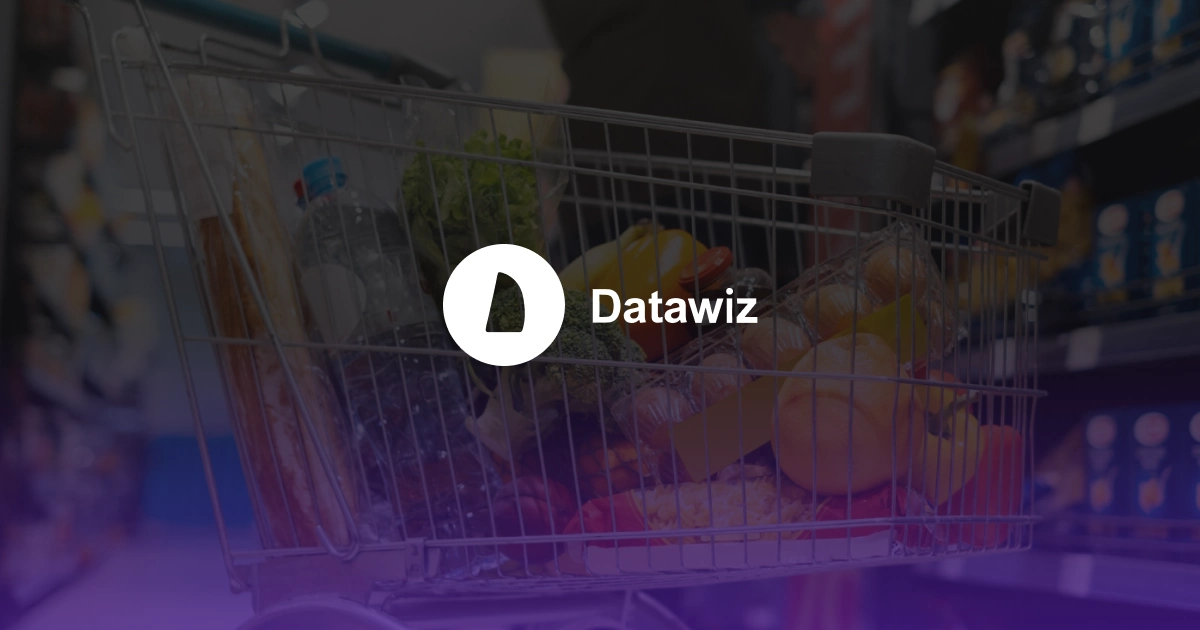In today’s fast-paced retail landscape, product availability is more than just a supply chain metric — it’s a vital component of customer satisfaction, revenue growth, and brand loyalty. If your store can’t consistently meet demand, you're not only missing out on sales — you're damaging trust and long-term performance.
What Is Product Availability?
Product availability refers to the extent to which products are in stock and ready to fulfill customer demand at the time of purchase. It’s often measured as a percentage: the higher the availability, the more reliably a retailer can meet customer expectations.
However, achieving high stock availability isn’t just about having shelves full — it’s about having theright products, in theright quantity, at theright place, and at theright time. When this delicate balance is disrupted, stores face lost revenue, operational inefficiencies, and reputational damage.
How Does Product Availability Affect a Retailer?
Poor product availability affects retailers on multiple fronts — financial, operational, and reputational.
When a customer walks into your store or visits your ecommerce site and cannot check product availability for an item they want, they often leave for a competitor. This translates to lost sales in the short term and decreased loyalty over time.
From an operational standpoint, availability issues can lead to firefighting behaviors in your inventory management team — they spend more time reacting to issues than optimizing for efficiency.
Further, without accurate inventory analysis, your forecasting becomes guesswork. You may overstock on slow movers and understock bestsellers — tying up capital and increasing the risk of markdowns.
Ultimately, retailers that can't meet customer demand in real time struggle with profitability, customer retention, and market share. On the flip side, those who build resilience into their supply chain and monitor availability closely create a sustainable competitive advantage.
Key Challenges in Product Availability
Retailers face a broad spectrum of issues that directly affect product availability. Some of the most common include:
- Forecast inaccuracies
- Supplier lead time variability
- Inaccurate or missing data
- Payment issues delaying procurement
- Disjointed communication between teams
- Lack of end-to-end visibility
- Poor prioritization in operations
Prioritizing Product Availability Challenges: Urgent vs Important
Retailers encounter countless inventory-related problems daily. It’s impossible to fix them all simultaneously. That’s why you must prioritize.
Based on President Eisenhower's principles, Stephen Covey developed the Covey Matrix for effective task prioritization:
- Urgent and important– needs immediate action
- Important but not urgent– key to long-term success
- Urgent but not important– distractions, often due to someone else’s poor planning
- Neither urgent nor important– low-value noise
How to Improve Product Availability
Strategy 1: Adopt a Management by Exception Model
Empower your team to focus only on SKUs or suppliers that deviate from expected norms. Automate replenishment for stable products and flag anomalies for human review.
Strategy 2: Fix Forecast Errors Before They Snowball
Start with inventory analysis to identify high-impact SKUs with forecast variance. Update demand assumptions based on real-time trends, marketing inputs, and local events.
Best practices include:
- Always backup original forecast data
- Isolate the SKUs needing adjustment
- Segment by region, supplier, or category
- Track changes to improve accountability
Strategy 3: Solve Inventory Exceptions in Real Time
Once the forecast is aligned, monitor inventory against those expectations daily. Understock leads to missed sales; overstock kills cash flow.
Set dynamic thresholds for key categories and automate alerts when levels fall outside safe zones. Balance by adjusting order frequency, safety stock, or supplier performance metrics.
Strategy 4: Use Assortment Segmentation to Prioritize
ApplyABC analysisto focus on your top-performing products. Don’t overinvest in C-class items with limited impact.
Key focus areas:
- High-margin SKUs
- Items with limited shelf life
- Seasonal or promotional goods
- Strategic brands or categories
This prevents availability gaps where they matter most.
Strategy 5: Improve Supplier Coordination
Collaborate with vendors to improve lead time predictability and service levels. Share sales forecasts, hold joint planning sessions.
Reliable supplier partnerships reduce volatility and allow more accurate availability planning.
Strategy 6: Monitor Metrics and Go Predictive
KPIslike fill rate, in-stock %, and out-of-stock cost should be reviewed weekly. But don’t stop at tracking — start predicting.
Datawiz.iohelps transition from static reporting to dynamic forecasting. Their retail analytics platform uses AI to identify availability gaps before they happen — empowering teams to act before customers notice. For retailers serious about data-driven decision-making, it’s a game-changer.
In retail, product availability is where customer promise meets operational capability. If your product isn't available, nothing else matters — not your pricing, your marketing, or your customer service.
By building systems that prioritize availability, segmenting SKUs intelligently, managing exceptions, and leveraging analytics tools like Datawiz, you can turn stock availability into a competitive advantage.
So, the next time you're faced with an availability issue, remember: it's not just an inventory problem — it’s a strategic opportunity.
 What's new?
What's new?





 No credit card required
No credit card required